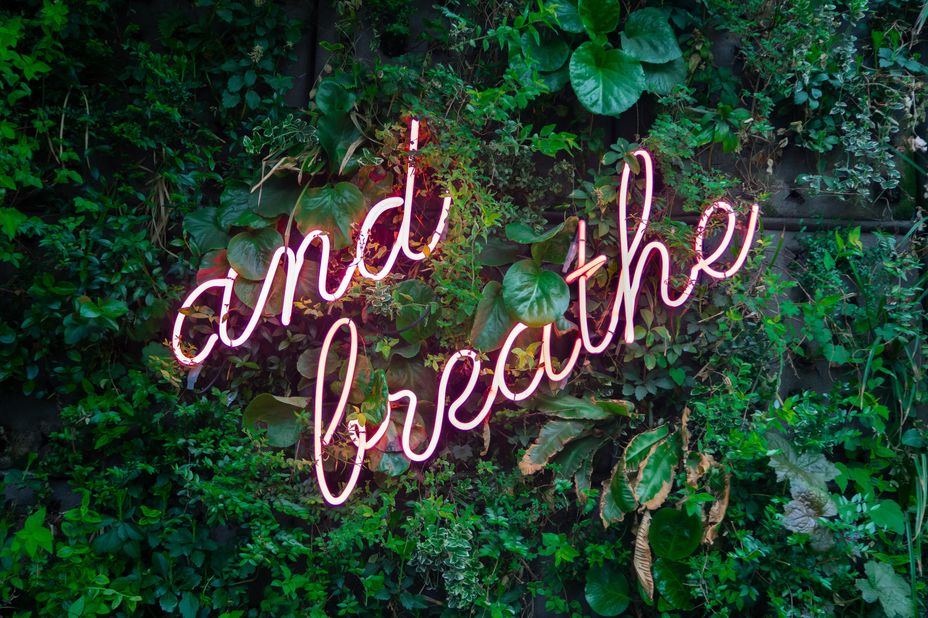***TRIGGER WARNINGS***
Mental health, anxiety, depression, stress, PTSD.
Breathing is an automatic bodily response, to take in oxygen and expel carbon dioxide; it's something we mainly do without much thought - but in times of pain, anxiety and stress it is our automatic response to hold our breath, or breath shallowly and fast.
We can utilise our breaths and use breathing techniques to help with mindfulness or grounding exercises.
Breath training can also make us feel more physically well by ensuring we have an optimum oxygen intake at rest or while exercising.
Some examples of different breathing exercises to try are given below. Start with small and realistic goals of how many times, and for how long, you want to practice - you may find it useful to schedule in timeslots throughout the day/week (maybe just starting with just a couple of minutes each time). Some techniques can even be practised whilst waiting for the kettle to boil or whenever you have a minute or so to spare.
1. Breathing focus technique:
(A mindfulness tool, can reduce stress and anxiety).
* Choose a focus word that makes you feel relaxed, smile or is neutral (eg. "Peace", "relax" or "ocean").
* Sit or lie down in a comfortable place and position.
* Without changing how you are breathing, bring awareness to your breaths.
* Take a normal breath, followed by a deep breath and continue to alternate - notice how the breaths feel and the differences.
* Place a hand just under your belly button, keeping relaxed, notice how it rises and falls.
* Using only deep breaths, sigh on each exhale, as loud as you can, keeping your focus word in mind.
* Think about the imagery surrounding that word - how it may bring a wave of calm on each inhale.
* Consider how each exhale may expel tension, stress and anxiety.
(Start by practising for just several minutes and try to build up to around 10+ minutes each session).
2. Pursed lip breathing:
(Useful when exercising to make a deliberate effort for each breath and slow down the pace of breathing.)
* Relax your neck and shoulders.
* With your mouth closed, slowly inhale through your nose to the count of 2.
* Purse your lips into a whistling position and exhale slowly to the count of 4.
* Repeat for the rest of your activity.
(This can also be practised when not exercising, to refine the technique and bring awareness to the pace of your breaths).
3. Resonant breathing (sometimes called coherent breathing).
(Maximises your heart rate variability and studies have shown can reduce symptoms of depression when combined with yoga).
* Inhale slowly to the count of 5.
* Exhale slowly to the count of 5.
* Repeat for at least a few minutes (or more if you have available time).
#breathe #mindfullness #mindfulBreathing #JustBreathe #Awareness #breathTraining #exercises #mindful
#MentalHealth #Selfharm #SCUFF #ScarCoverUpFreedomFund

